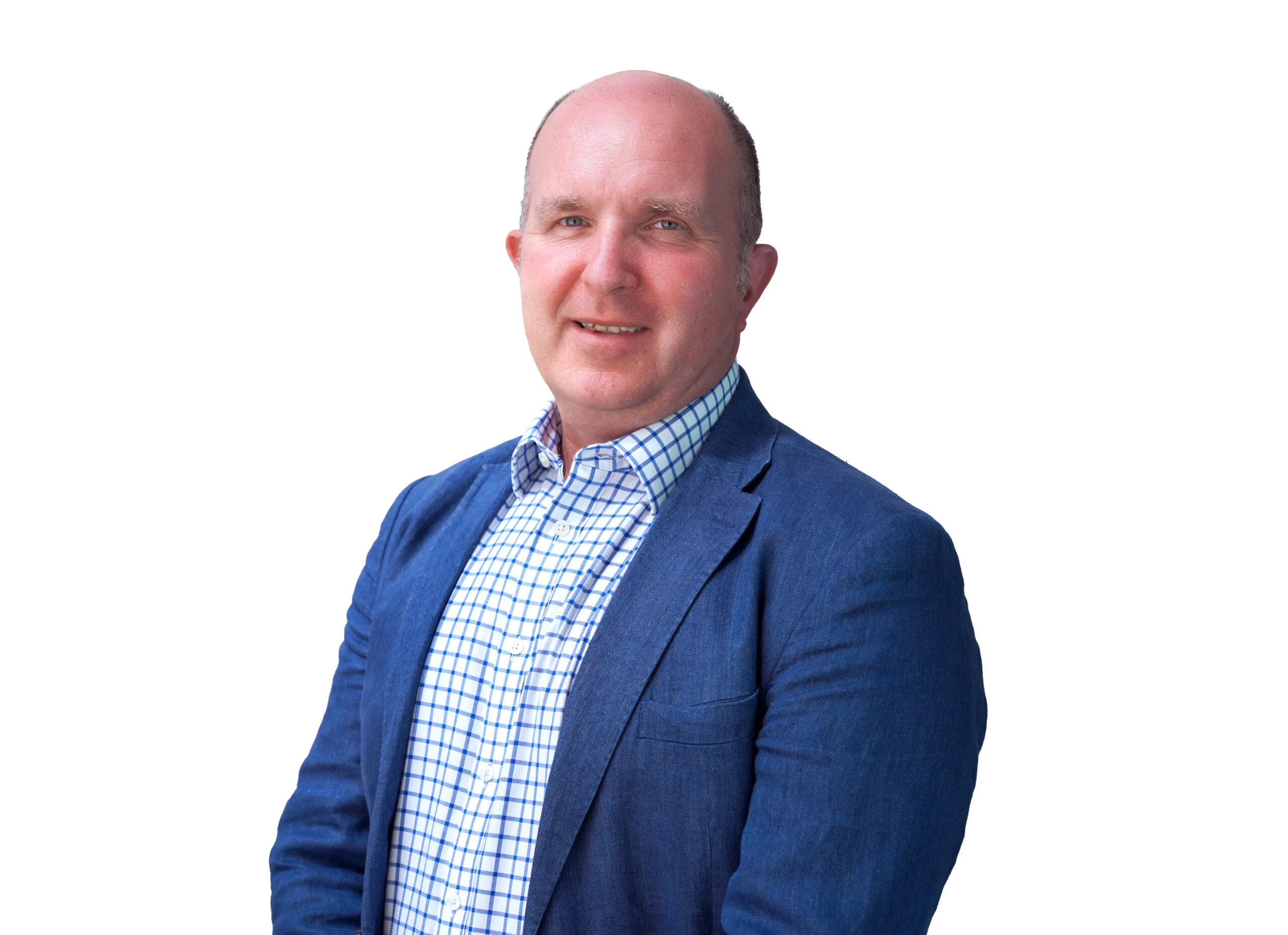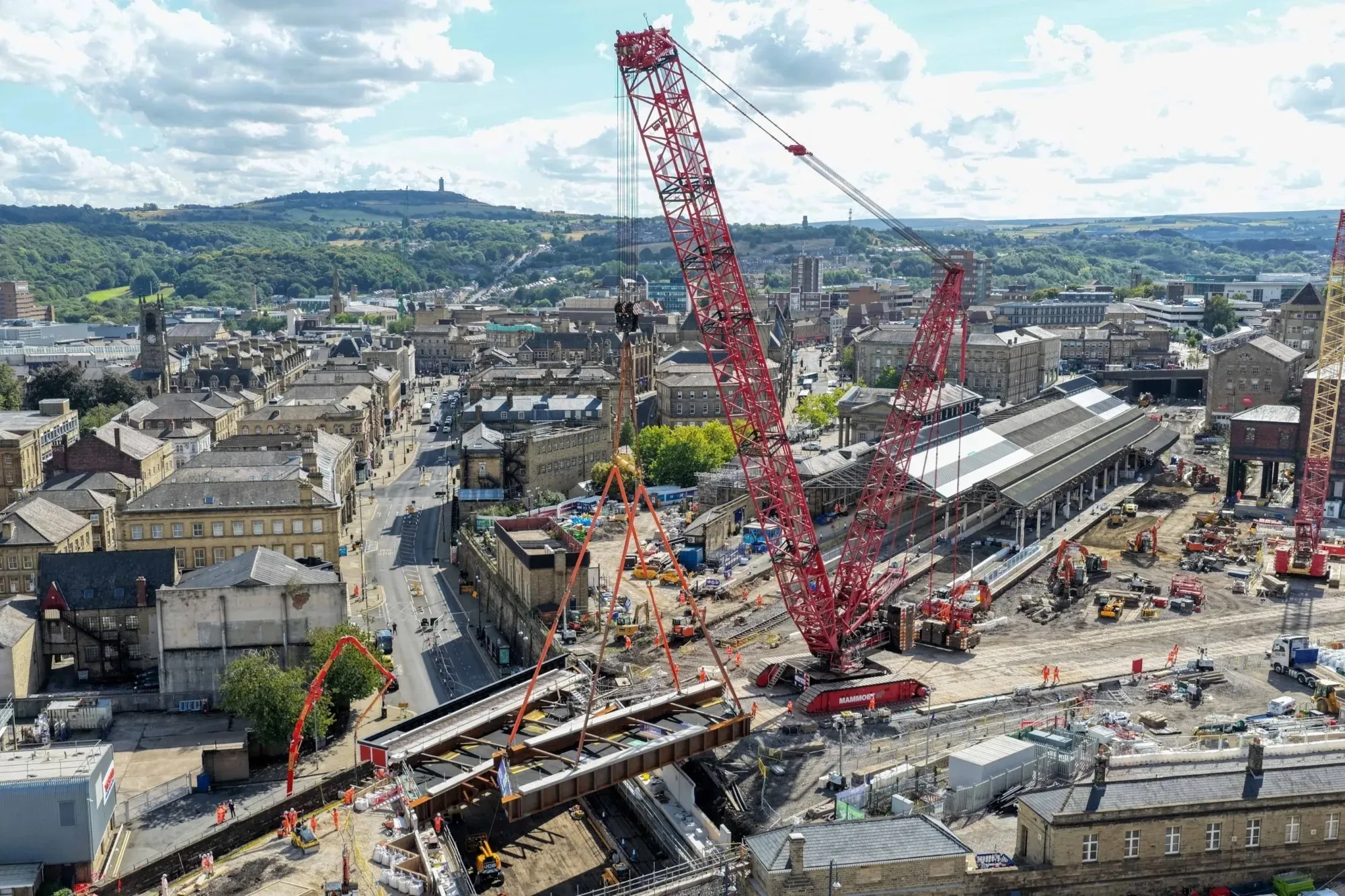Colin Wood, who was appointed managing director of Amey’s consulting business in May, is clear on how his capabilities can support the business of delivering infrastructure.

Colin Wood is managing director of Amey’s consulting business
“I’m not an engineer, designer or architect, but I’ve worked with big, complex infrastructure problems. I’ve worked inside government, I’ve worked outside government, client side and delivery side,” he says. Those pockets of experience emerge from a background encompassing 20 years in the Royal Air Force – where Wood received much of his training and education. They also include 15 years in air traffic control.
For him, they are part of an overarching expertise best described as “big, complex leadership in a variety of different industries and disciplines”. This has arguably given him a “big picture” perspective that will be key to aligning Amey’s operations under its “One Amey” strategy and – critically – supporting the UK’s infrastructure ambitions.
Amey’s specialisms include strategic programme management, digital transformation, advisory, data science and analytics, sustainable infrastructure design and engineering, decarbonisation and energy transition. They apply across three core divisions; the first two are: complex facilities – including facilities management, defence, justice and public estates; and transport infrastructure – encompassing aviation, rail and highways services.
The third, consulting, focused on analytics, design and engineering capabilities, sits “at the heart of the business” and across the infrastructure sector, says Wood.
“You’ve got the delivery arm that you can align with consulting and if you can bring the two together, that could have some very interesting outcomes, particularly given some of the challenges we face across the UK and elsewhere at the moment.”
With the state of current geopolitics, different defence postures being taken and along with that an increase in spending, I think our role in industry is to help the money be spent in the right place at the right time, to deliver the most important benefit
Infrastructure expansion
Those challenges are clear – an ambitious UK Government infrastructure vision and potential jeopardy from systemic obstacles, not least the shifting electoral environment and ongoing skills shortages.
Wood’s ambition for both, and particularly in skills, is to help embed a viable succession plan for the company and the wider sector; one that ultimately supports the creation of clear future leadership. This will also support the related challenge for organisations like Amey to aid delivery while supporting the broader case for infrastructure, he says.
“We’ve got the intent from government in terms of the new infrastructure strategy and Nista [National Infrastructure and Service Transformation Authority], so the Government has made some inroads in terms of setting up that organisation as well as others including Great British Energy and Great British Railways.
“However, undoubtedly, given the size and scale of what we have to do, there will be challenges.”
A key current task will be aligning the UK’s defence estate with its targets; UK defence spending rose to £60.2bn in the 2024/25 financial year, a cash increase of £6.3bn from the previous year. Amey has had a longstanding engagement with defence, “effectively managing the whole of the UK defence estate and making sure that we’ve got an estate that’s fit for purpose,” he notes.
“With the state of current geopolitics, different defence postures being taken and along with that an increase in spending, I think our role in industry is to help the money be spent in the right place at the right time, to deliver the most important benefit.”
Amey’s expertise in data analytics and asset management is key here.
“We manage a huge amount of data, particularly from an asset perspective. One of the things we can do is to take operational data and bring it into the consulting space. If you combine that with the use of smart digital tools, you can become far more predictive about the defence estate. That means you should be able to spend money better and more wisely but get more benefit back.”
Other sectors, such as aviation, point to the need for “strategy with a capital ‘S’ around delivering socio-economic benefit across the country,” says Wood.
Amey has a longstanding relationship with Heathrow Airport, particularly in sustainable infrastructure, asset management transformation and strategic planning. Wood notes that plans for a third runway at Heathrow are advancing – the Government has launched a review and consultation on the Airports National Policy Statement to support expansion and aims to make a final decision soon to allow for potential operation by 2035.
“There’s great ambition there and the third runway at Heathrow – as well as other planned schemes such as the second one at Gatwick – have implications for regional development. I see our role as supporting and enabling that, along with the decarbonisation piece, while also looking at the broader picture. In other words, how would you best integrate traffic, pedestrians, passengers and at the same time deliver the climate resilience and net zero piece that we need, with the aim of securing the socio-economic benefit that’s driven by that scheme?”
He says these drivers, including the socio-economic piece, also play a role in the rail sector, where Amey’s track record includes the Transpennine Route Upgrade (TRU). Its role as the rail systems delivery lead and principal contractor for the TRU West Alliance has led to initiatives including engagement with over 27,500 Stem students from disadvantaged backgrounds and almost 40 degree apprenticeships.
Elsewhere in rail, in partnership with Keolis, Amey picked up a new contract in April to operate and maintain the Docklands Light Railway (DLR), focusing on asset management and integrating data insights into operations. Among other things, Amey is using its data analytics capabilities to move from a reactive “inspect to fix” model to a proactive, predictive maintenance strategy on DLR.

Social value initiatives have been key to the TRU West Alliance – part of the Transpennine Route Upgrade (TRU) – in which Amey is principal contractor. (Pictured: upgrade work progressing at Huddersfield Station)
Skills and data
The effective utilisation of data will remain a core focus going forward, Wood says – and he adds that skills will be among the key beneficiaries of a healthy data environment.
He notes that Amey has developed several digital tools for the rail sector that could be transferred to other sectors, primarily focusing on data analytics, remote monitoring, and asset management.
“Looking at that consulting piece, this is where we could look at best practice from one sector and transferring it to another. So where we’re working with rail assets, for example, what’s the best way to translate that into defence or other sectors to deliver benefit?”
Data as part of “business as usual” looks set to gain further momentum as Amey builds on its succession strategy. The organisation recently confirmed plans to double its early careers intake next year; it brought in over 100 new graduates, apprentices and placement students in September 2025, and the goal is to offer over 200 placements in 2026.
As those “digital native” cohorts come onstream, knowledge transfer looks set to support both greater skills sharing across sector disciplines and a deepening of the organisation’s digital capabilities.
“I think we’re starting to see true reverse mentoring, where people like me are going to be educated by people who are much quicker and smarter around digital tools. That’s exciting because it leads to cross collaboration,” says Wood.
“It’s that transferable piece that I think is compelling and relates back to the skills shortage.
“When I look at our early careers cohort coming through, whether they’re apprentices or graduates or junior engineers, when you get a downturn in the rail market for example, you could end up in a binary world where you make a decision and then if you haven’t got enough work, you have to exit those people. That for me is madness. What we should be looking at is taking those core skills and saying, what other markets can we now apply those to? So we’re driving more certainty and at the same time giving our people more variety.
“Most importantly, they’ll be better engineers and leaders for that, in my view.”
That’s critical now and into the future, he concludes. “Clients and infrastructure deliverers are completely aligned; we all want to deliver infrastructure – that’s what it comes down to. So there’s a common goal here, which should bring some momentum. Once we start the momentum and bring in that confidence, we can deliver some really good things across the UK.”
Like what you’ve read? To receive New Civil Engineer’s daily and weekly newsletters click here.



